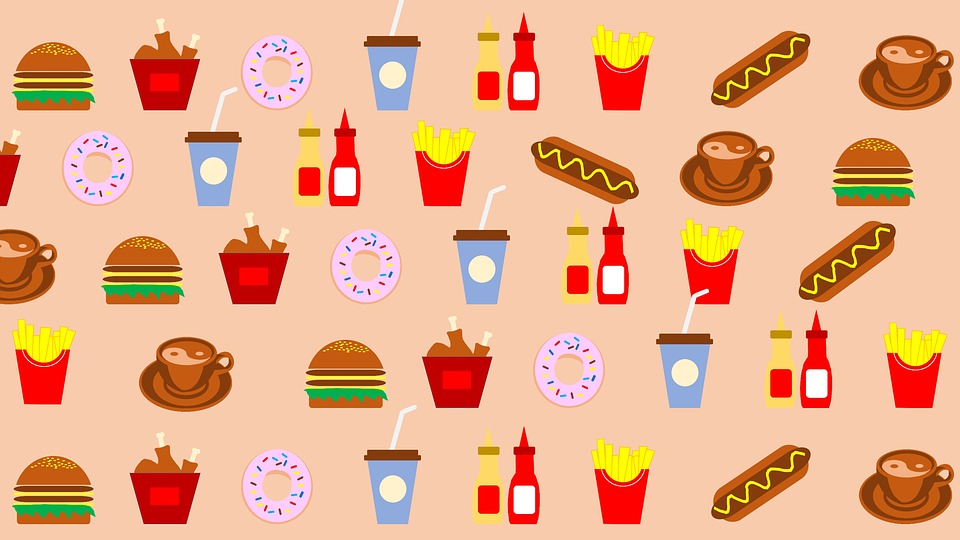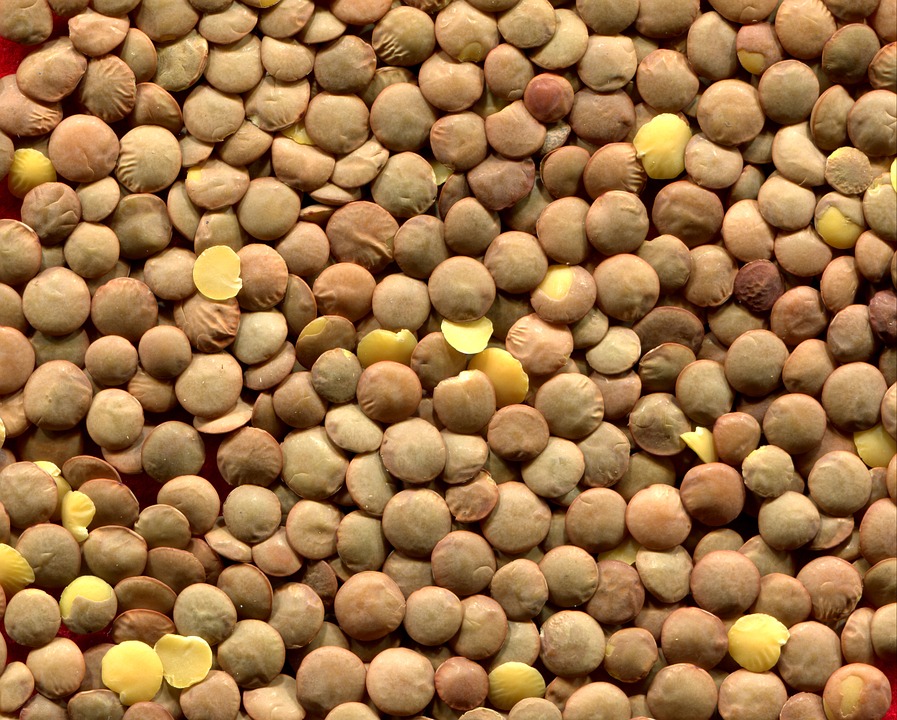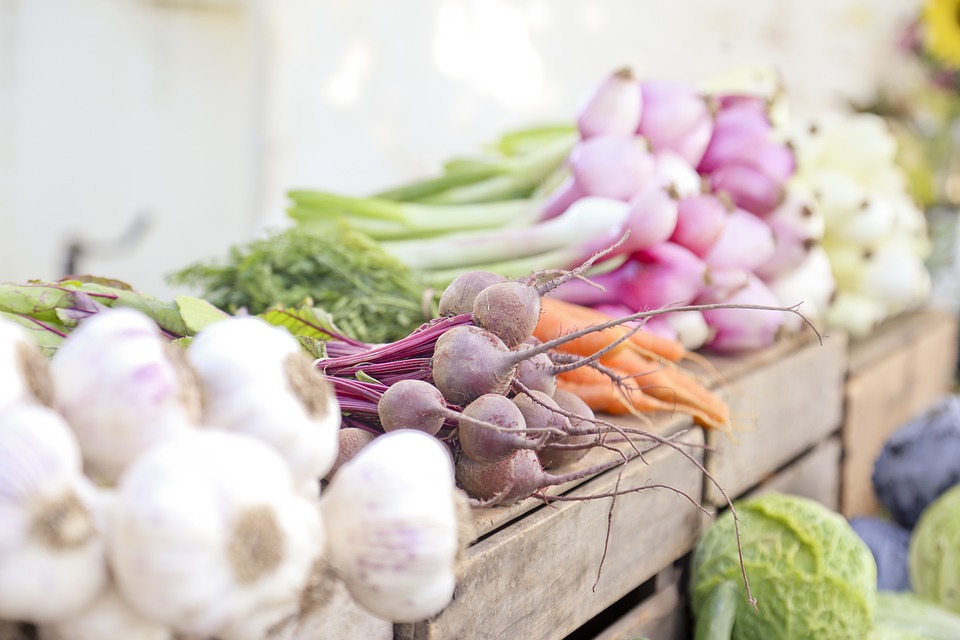Uncategorized
Anti-Inflammatory Diet
ANTI-INFLAMMATORY DIET

An anti-inflammatory style of eating helps reduce levels of inflammation. In addition to lowering inflammation, a more natural, less processed diet can have noticeable effects on your physical and emotional health. A healthy diet is beneficial not only for reducing the risk of chronic diseases but also for improving mood and overall quality of life.
What to eat on an anti-inflammatory diet?
- Raw/steamed vegetables
- Essential fatty acids (fish, and flax oils, raw unsalted nuts, and seeds)
- Organic/wild/lean meats
- Gluten-free grains
- Organic fruits
What to avoid:

- Dairy
- Red meat
- Eggs (in baking, you can substitute with chia seeds=to make one egg= 1tbsp of chia seeds soaked for 10mins in 1/4cup of water)
- Saturates fats (except coconut oil in moderation)
- Sugar (use natural sugar: raw honey)
- Gluten (try out sweet potatoes or gluten-free ancient grains like millet or quinoa instead)
- Caffeine
- Alcohol
- Corn
- Yeast
- Mushrooms
- Citrus (except lemon, lime)
**See below for more details:
Try to eat only organically grown foods as they reportedly have two to five times more nutrients and it will decrease exposure to pesticides. There is no restriction on the amount of food you can eat. The foods listed are only examples of foods to eat. Try to compose meals of approximately 50% carbohydrates, 20% protein, and 30% healthy fats. Try to eat any one food no more than five times a week. Plan your meals ahead of time and try to find at least ten recipes you enjoy.
What to eat on an anti-inflammatory diet?
Steamed Vegetables:
- The primary reason for using steamed vegetables is that steaming improves the utilization or the availability of the food nutrients allowing the gastro-intestinal mucosa to repair itself. Use minimal raw vegetables except as a salad. Include at least one green vegetable daily.
- Eat a variety of any and all vegetables that you can tolerate. It is best to try and eat mostly the lower carbohydrate (3, 6%) vegetables. For example:
3% – asparagus, bean sprouts, beet greens, broccoli, cabbage, cauliflower, celery, Swiss chard, cucumber, endive, lettuce, mustard greens, radish, spinach, watercress;
6% – string beans, beets, Brussel sprouts, chives, collards, eggplant, kale, kohlrabi, leeks, onion, parsley, red pepper, pumpkin, rutabagas, turnip, zucchini;
15% – artichoke, parsnip, green peas, squash, carrot;
20+% – sweet potatoes, yam.
– Add your favorite spices to enhance the taste of these vegetables.
Grains:
- Eat one to two cups of cooked grains per day of those you tolerate, unless you have indications of high insulin levels such as overweight, high blood pressure, high cholesterol or diabetes.
- Allowed grains include amaranth, barley, buckwheat, millet, oatmeal, quinoa, basmati or brown rice, rye, teff.
- Other grain foods that may be eaten are rice crisps.
Legumes:
- Eat a variety of any legumes that you are able to tolerate. Soak for 48-72 hours and cook slowly: Split peas, lentils, kidney beans, pinto beans, fermented soy (tempeh or miso), mung beans, garbanzo beans, aduki and azuki beans.
Fish:
- Poach, bake, steam, or broil deep-sea ocean (vs. farmed) fish (cod, haddock, halibut, mackerel, sardines, summer flounder, wild Alaskan salmon) is preferred-no shellfish (shrimp, lobster, crab, clam).
Chicken/Turkey:
- Eat only the meat of free-range or organically grown chicken or turkey. Bake, broil or steam.
Fruit:
- Eat only 1 or 2 pieces of practically any fruit except citrus. If possible, it is preferred to eat the fruit baked (such as a baked apple or pear). Like the vegetables, try to eat mostly the low carbohydrate fruits. For example:
3% – cantaloupe, rhubarb, strawberries, melons;
6% – apricot, blackberries, cranberries, papaya, peach, plum, raspberries, kiwi;
15% – apple, blueberries, cherries, grapes, mango, pear, pineapple, pomegranate;
20+% – banana, figs, prunes, dates.
Sweeteners:
- Occasionally date sugar, maple syrup, rice syrup, barley syrup, raw honey or Stevia – use ONLY with meals.
- Absolutely no sugar, NutraSweet, or any other substitution sweetener is allowed.
Seeds and Nuts:
- Grind flax, pumpkin, sesame or sunflower seeds and add to steamed vegetables, cooked grains, etc. You may also eat nut and seed butters, such as almond, cashew, sesame, etc.
Butter/Oils:
- Coconut oil is a suitable butter replacement. If you buy the virgin coconut butter it will maintain its coconut flavor. If you don’t buy the virgin ones then it will not have a strong flavor.
- Use extra virgin olive oil for all other situations requiring oil. Never heat the olive oil. Only apply to foods after they have been cooked. Never cook with olive oil (use coconut oil instead).
Spices:
- To add a delightful flavor to your food choices, add whatever spices you enjoy.
To Drink:
- Drink a MINIMUM of 8 glasses of spring, bottled, filtered or reverse-osmosis filtered water every day. Sip the water, try to drink one glass per hour. A few drops of chlorophyll will add a pleasant taste. NO distilled water.
- Small amounts of soy, rice, or oat milk are allowed ONLY on cooked grains or in cooking.
For the time being, avoid the following foods:
| all animal milks | all animal cheeses | all corn products |
| commercial eggs (organic OK) | potatoes-red or white(except sweet potatoes) | Coffee (try Dandy Blend for replacement) |
| all wheat products | wheat breads | white flour |
| citrus fruits (except lemon) | all fruit juices | all dried fruit that has sulfur |
| peanuts/peanut butter | any processed food | fried foods |
| meat-red meat (beef, pork) | caffeinated black teas | alcohol |
** Lastly, eliminate cleaning and personal care products made with parabens and fragrances/phthalates. Instead, try essential oil–based fragrances and perfumes.
Reference: T. Dickson, Dr. Hu

